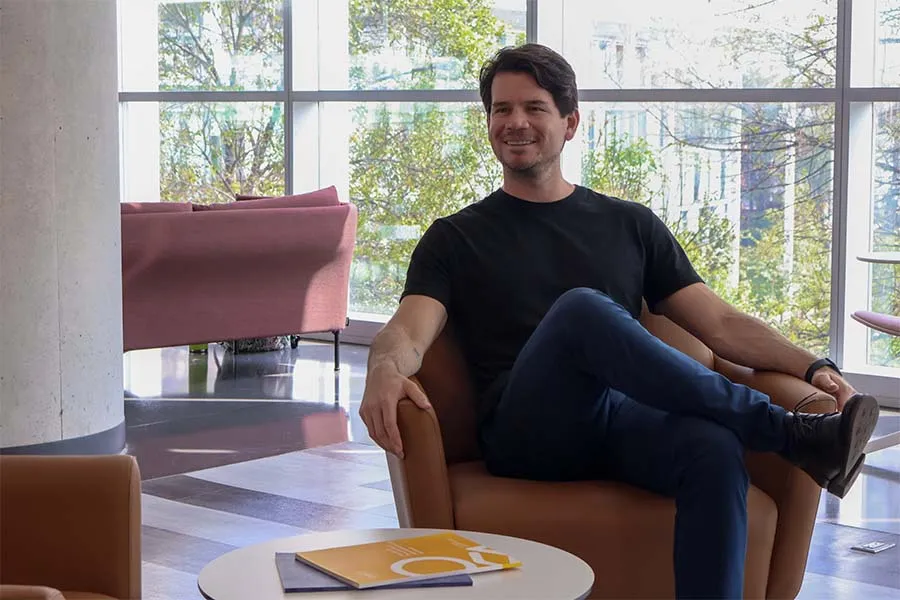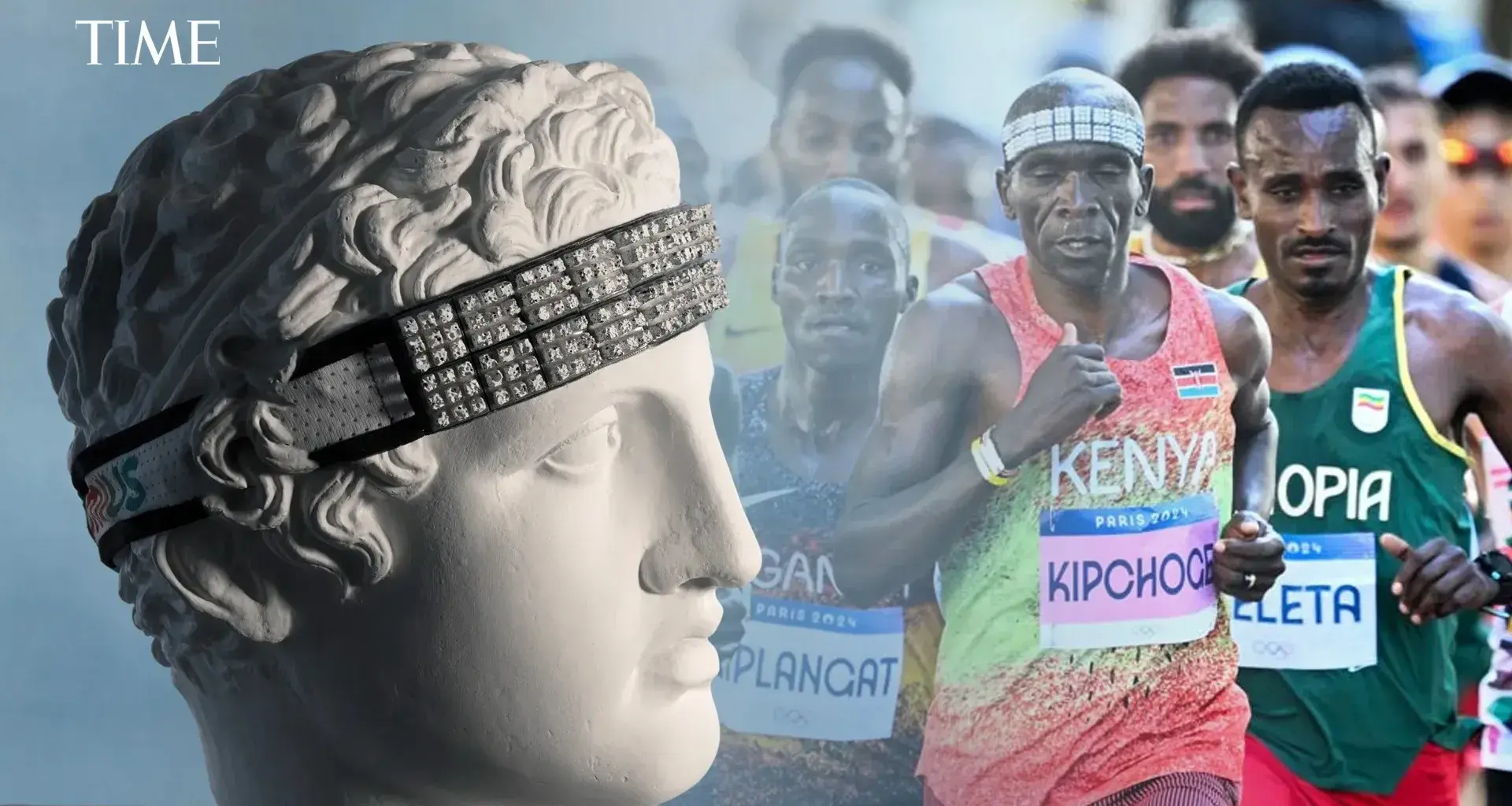The Omius headband created by Mexican Gustavo Cadena Schlam is included on TIME magazine’s list of the 200 Best Inventions of the year.
This recognition has been awarded every year for over two decades and features inventions from different areas.
The Tec graduate’s innovation appears in the Fitness category due to its originality, efficacy, ambition, and impact.
Omius regulates body temperature 5 times faster than sweat, and this year was worn by athletes such as Sifan Hanna, gold medalist in the women’s Marathon, and Eliud Kipchoge, two-time men’s Olympic Marathon champion, in Paris 2024.
In the words of Gustavo Cadena: “Appearing on this list, this recognition, really motivates me as an inventor, and I hope we’ll be there in the coming years with products that have an even greater impact, particularly a social one.”

Mexican invention among the best of 2024
Every year, TIME magazine publishes a list of the Best Inventions, and this year, a Mexican innovation appears on the list.
This year, the publication solicited online nominations from its editors and correspondents around the world, prioritizing innovations in key areas such as Medical Care, Artificial Intelligence, and Green Energy.
From these submissions, the inventions were evaluated according to criteria including originality, efficacy, ambition, and impact, resulting in a selection of 200 outstanding inventions and 50 Special Mention inventions.
The list is organized into categories such as Technology, Beauty, Environment, Health, and more. Mexican Gustavo Cadena’s invention appears in the Fitness category.
According to the Tec graduate, the Omius team was notified some months ago that they were being considered for the list.
They were asked to send one of their headbands to be photographed. And two weeks before publication, it was confirmed that they’d been selected, but they were asked to keep the news confidential until the official publication on October 30, 2024.

TIME’s review
TIME magazine reviewed the Mexican invention. Here is what they wrote:
“Dutch runner Sifan Hassan didn’t need a crown of laurels when she won the women’s Olympic Marathon this summer - she was already wearing Omius’ cooling headband.
The idea is that this technology can help athletes ‘perform better because you feel like you’re exerting yourself less, or makes [them] more comfortable performing at the same level,’ says Omius CEO Jake Leschly.”
This list has included innovations such as the Tesla Roadster (2006), the first fully electric sports car; DJI Phantom (2014), the drone that popularized the use of drones; and the COVID-19 mRNA vaccines (2020).
“This recognition really motivates me as an inventor, and I hope we’ll be there in the coming years with products that have an even greater impact, particularly a social one.” - Gustavo Cadena.
What is the Mexican invention Omius and how does it work?
Omius is a reusable headband that works like an air conditioner on your forehead. It contains 20 cubic cooling units made of porous graphite, a thermally conductive material.
It regulates body temperature faster because it replicates natural cooling through evaporation of sweat fivefold.
Which translates into greater comfort and less fatigue for athletes. At the Paris 2024 Olympic Games, over 50 Olympic and Paralympic athletes wore Omius.
Omius is now looking to expand the scope of their invention to benefit workers in extreme heat environments, such as in fields and in industry.
Their vision is for these headbands to become everyday tools, helping people adapt to an increasingly hot planet.

The story behind Omius
Gustavo Cadena Schlam, who holds a degree in engineering physics from Tec de Monterrey, sought to combat the stifling heat in Monterrey and Veracruz.
It all began during his fifth semester in 2013, when he thought about solving this problem with a vest that would keep him at a comfortable temperature regardless of the weather.
The potential was obvious, so over the next 5 years he developed several prototypes at the Tec’s Innovation Gym.
But when the product was ready in 2017, its technological complexity scared off investors, who saw too much risk, recalled Gustavo. He didn’t give up and decided to use graphite as a thermal conductor in another simpler device, which turned out to be the Omius headband.
Once the product was finished, Gustavo decided to try his luck with triathlon athletes. The headband was an immediate success; athletes wore it in every competition, and soon the public began to take note.
As the Tokyo 2020 Olympic Games approached, Gustavo decided to take a leap of faith. Without any contracts or agreements, he contacted several athletes around the world and sent them his headband in the hope that it would be useful to them.
The response exceeded their expectations: throughout the Olympic competition, 15 athletes wore Omius. And at the Paris 2024 Olympic Games, over 50 Olympic and Paralympic athletes trusted in his invention.
Now, Gustavo dreams of his technology benefiting not just athletes, but also workers exposed to extreme heat conditions in fields and in industry.
His vision is for these headbands to become as common as sunglasses, helping us adapt to an increasingly hot planet.

READ ALSO:





